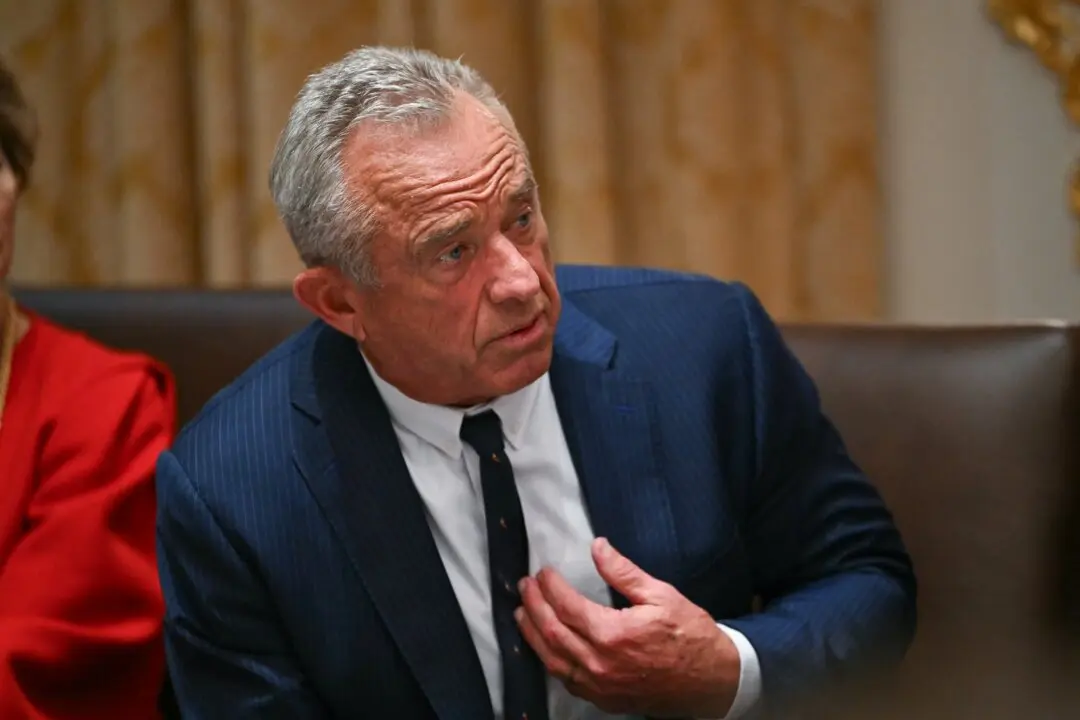The U.S. Army failed to meet its recruitment goal, officials confirmed on Sept. 30, after the military refused to heed calls to roll back its COVID-19 vaccine mandate.
“In the Army’s most challenging recruiting year since the start of the all-volunteer force, we will only achieve 75% of our fiscal year 22 recruiting goal,” Army Secretary Christine Wormuth said in a statement. “The Army will maintain its readiness and meet all our national security requirements. If recruiting challenges persist, we will draw on the Guard and Reserve to augment active-duty forces, and may need to trim our force structure.”





